
Hiring a Shopify CRO Agency: 7 Experts Worth Your Budget
If you are heading into 2026 planning bigger campaigns, now is the right time to tighten your onsite conversion....
Digital Marketing Specialist
Getting your first sales on Shopify can feel tough, but it’s possible with the right approach. Many new stores struggle with sales because they may not reach the right customers or use effective strategies.
If you’re wondering how to get first sale on Shopify, don’t worry – you just need to make a few changes. In this guide, we’ll share 14 of the best tips for attracting customers and starting to sell. With these steps, you can move closer to making your first sale and building a successful store.
When a Shopify store isn’t generating sales, it typically boils down to two main issues: traffic issues or the website in general. Let’s explore these in more detail:
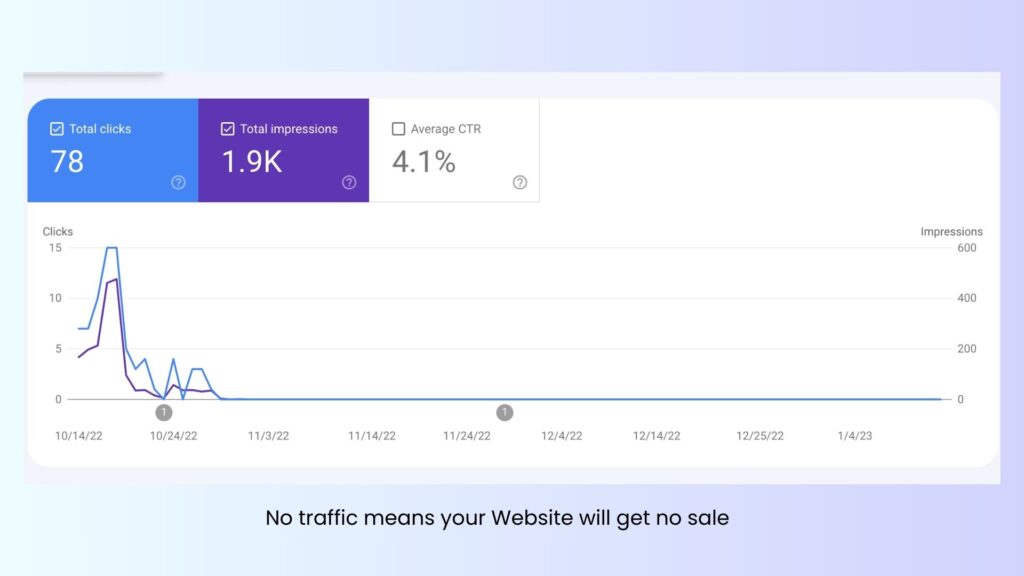
Numerous Shopify stores fail just because no one comes to visit them. This is a basic issue—if people do not visit your online store, you will not have any sales. It is like having a physical store in an area nobody can reach without prior information and directions. Lack of traffic keeps your products, regardless of how unique they are, hidden and not sold in the market.
Sometimes, the issue that affects the site is not traffic, but the quality of the traffic received. Low quality has two components: the ability of a visitor to become a customer and the relevance of customers’ interests to the website’s offers. This might be because the customer is not part of the targeted market, they are not interested in shopping at the moment, or perhaps they clicked the link by accident.
For example, if your business is selling jewelry, especially expensive jewelry, and your traffic is students buying cheap trinkets, you would sell little.
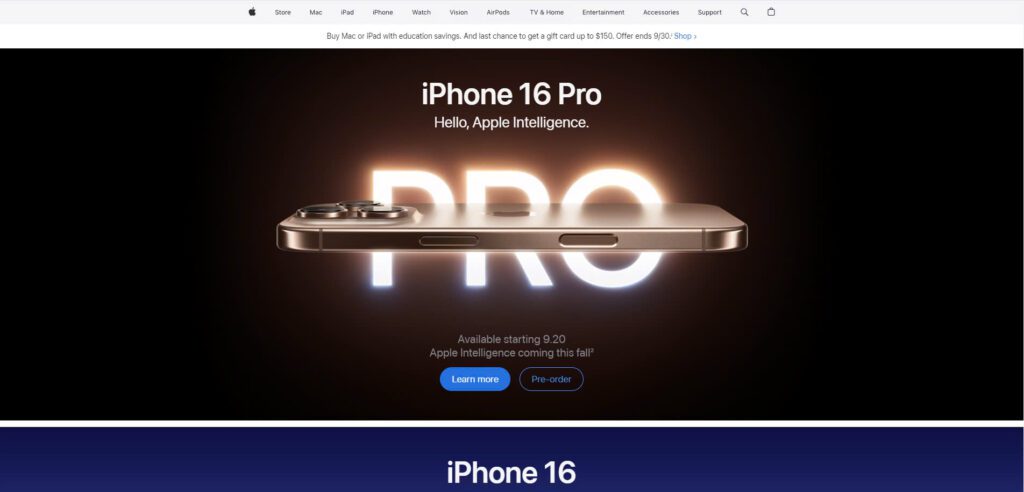
Even if you’re getting the right traffic, your website needs to be set up to turn those visitors into customers. Here are some common issues:
However, in the current e-business world, customers expect to find some form of discount. Without promotions, your store may appear less glamorous than other stores that offer discounts or special offers.
Page download speed is especially important in the context of an e-commerce portal. Sometimes, customers do not see your products in your Shopify store due to the site’s slow loading. Web visitors are inherently impatient, especially now that the internet is more fast-paced and always available.
Website layout and design are very important as they define the levels of trust people will have in the site and the levels of conversion rates the site is likely to have. A failure in site design can further create a wrong image of your business, making the consumer opt out of purchasing your products.
Another factor that needs to be mentioned is that customer service is not only about resolving complaints. It is about being ready and willing to respond to inquiries, clarify information, and assist consumers in decision-making. This is because customers may lose trust in your store and take their business elsewhere, setting your store back.
This is why most customers require several exposures to a certain brand they intend to purchase. Suppose you are not applying lead nurturing strategies. In that case, you are losing chances to develop a relationship with clients who might be interested in your products but have not been convinced to make the purchase yet.
A conversion strategy involves all the little details on your website that encourage visitors to become customers. This includes call-to-action buttons, page layout, product presentation, and checkout. Without a solid conversion rate optimization strategy, you might lose sales even from interested visitors.
Each of these issues can significantly impact your Shopify store’s ability to make sales. Most of the time, the issue is not just one but many that cause low sales output in a business.
Acknowledging the possible negative factors is crucial, as this is the first step to identifying what is wrong with your store and, therefore, devising ways to correct these problems that may be causing no sales.
Starting a Shopify store is quite interesting. However, how to get your first sales on Shopify is always a question. New store owners often get stuck here, but there is always a promising path to apply different strategies and bring people to the store while gradually transforming the visitors into buyers. Let’s start checking them out!
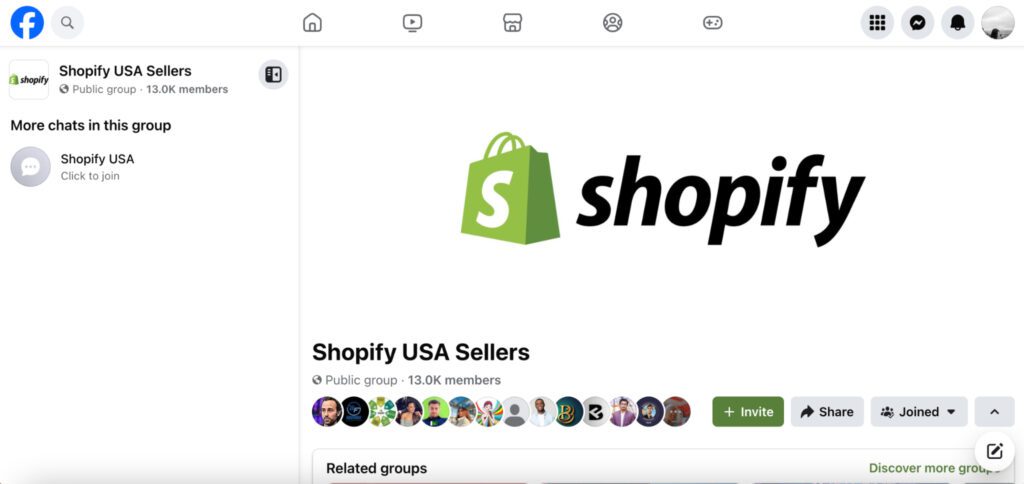
Utilizing free traffic sources is the right thing to do for beginners and people who want to save money.
First, register in the appropriate forums on the Web that are relevant to your niche. These are places where people come together with similar interests, and these platforms are perfect for advertising your store naturally without disturbing the users. After you have gained the members’ trust, respond to posts, give useful advice, and share links to your store. Platforms like Reddit or Facebook groups are common options.
Next, make the most of your networks. This implies that for a newbie, the only way to kick off is to start with those who already know you and have confidence in you. Broadcast your store through social media and share it with your friends, relatives, and others. Although the sales from this group may be limited, they can serve as your first customers and give you critical feedback.
Finally, create a content marketing strategy. Writing blog posts, making videos, or creating guides related to your products can drive traffic through search engines. Content that is well and specifically written to solve customers’ challenges is good shareable material; as such, you will witness a gradual growth in your profile.
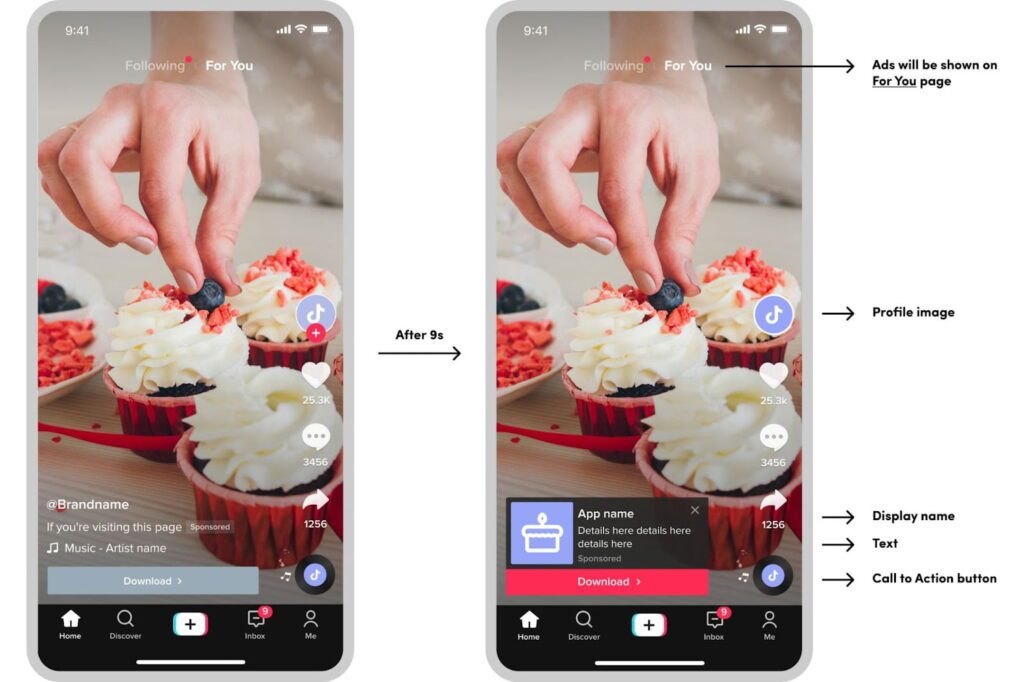
After applying free marketing techniques, paid advertising can effectively reach thousands of people within a short span of time and find a specific group of people interested in the product.
Popular platforms include Facebook Ads, Google Ads, Instagram Ads, TikTok Ads, Pinterest Ads, and YouTube Ads.
Each of the above platforms has its advantages depending on the targeted market. For instance, if you’re selling elegantly appealing items such as clothing, accessories, home interiors, or related items, Instagram and Pinterest will be most suitable.
However, if your products align with specific keywords (e.g., special gadgets or electronics), Google Ads can become a rather effective tool because of its approach based on search intent.
Here are some tips to get started:
Read more: How to Get Sales on Shopify Without Ads? 13 Best Tips
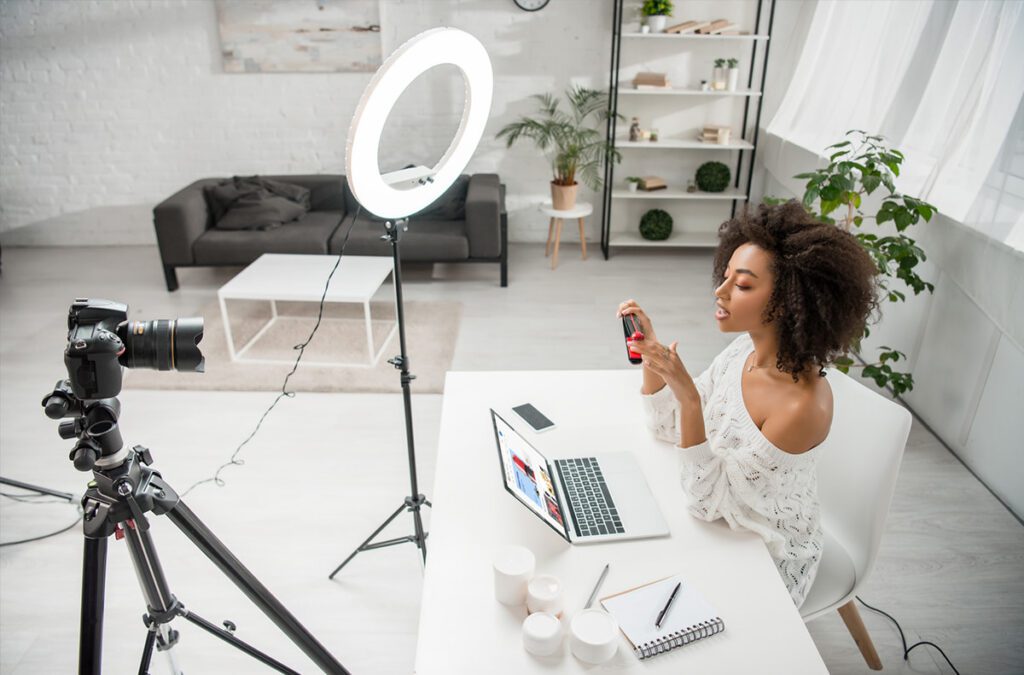
Working with influencers is one of the fastest methods of marketing to reach the target audience. This makes the process quite helpful for those facing the question of how to get your first sales on Shopify.
It is found that influencers, whether on Instagram, YouTube, or TikTok, have already earned the trust of their followers, and thus, when they refer to any product, the followers are inclined to buy it.
Beginning with micro-influencers (those with 1,000 to 100,000 followers) is essential. These are often cheaper, and their audience engagement level tends to be higher than that of the larger influencers.
Be mindful of the influencers you select. They should be from your brand. For instance, if you sell fitness wear and apparel, target to partner with fitness influencers, active fitness devotees, and followers.
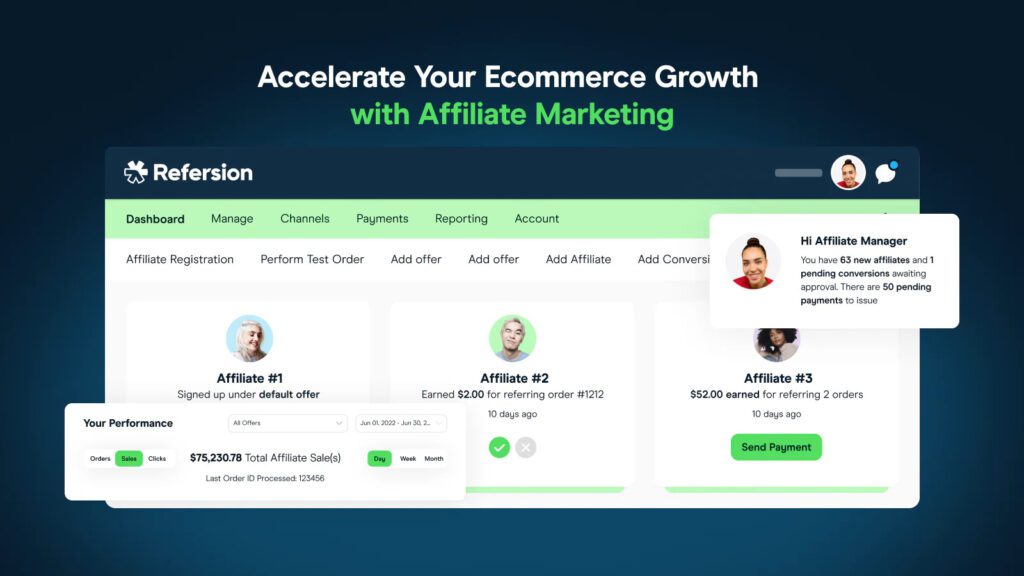
Affiliate marketing and referral programs attract others to advertise your products by offering a cut from each sale they make on your behalf.
Rule of thumb: With Shopify, you can easily set up an affiliate program by utilizing certain apps like Refersion or ReferralCandy.
For affiliates, this might include bloggers, social media personalities, or even regular customers who recommend your products to their friends. This approach allows you to reach a broader audience without spending upfront marketing costs.
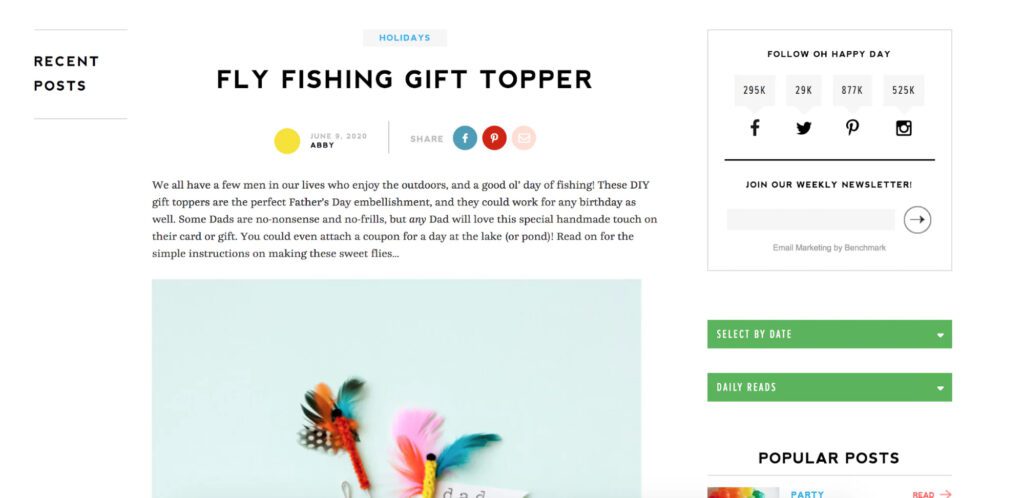
Blogging not only brings traffic to your store but also helps you connect with potential customers by providing valuable information. Each blog post should address a topic relevant to your products. For example, if you sell skincare products, your blog could cover topics like “How to Build a Skincare Routine” or “The Best Ingredients for Dry Skin.”
These posts not only drive traffic via SEO but also establish your authority in the niche. Customers are likelier to buy from a store with helpful, educational content.
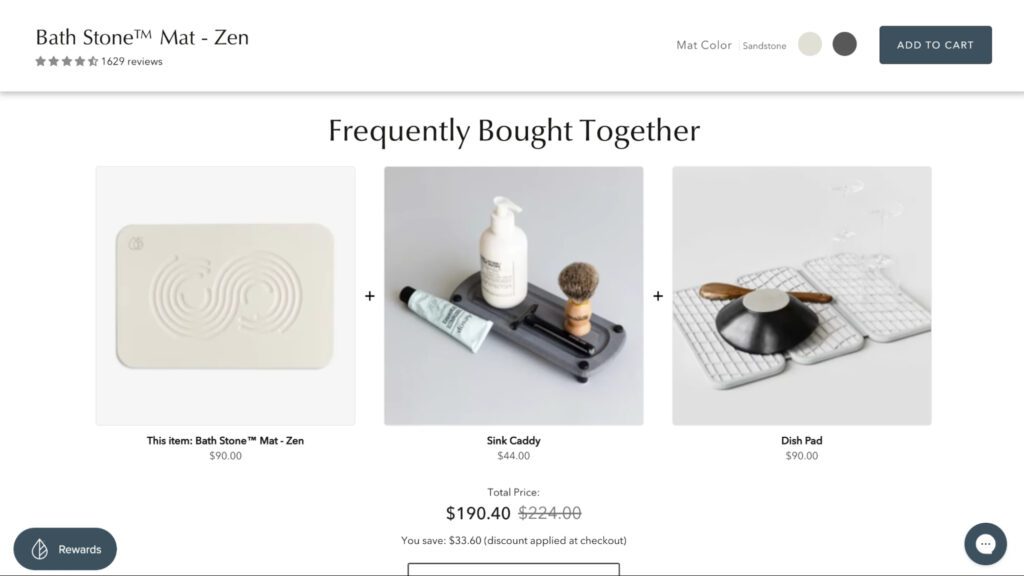
Ensure you utilize quality images and videos to give different perspectives of the products. Customers may prefer a short video, for instance, to have a better look at the product and how it can be used.
Create attention-grabbing headlines that focus on your product’s value proposition rather than its functions. Please write clearly and convince the customer why they need this product.
Ensure that the call-to-action buttons you want the viewers to click are easily noticeable. Subtle “Add to Cart” or “Buy Now” button placement can facilitate the purchasing experience.
Read more: Troubleshooting Add to Cart But No Sales on Shopify
Sales promotions are one of the best strategies for attracting clients’ attention. If you want to know how to get your first sales on Shopify, automatic discounts or special offers can help clients buy something quickly. In this case, BOGOS is a smart choice for several reasons.
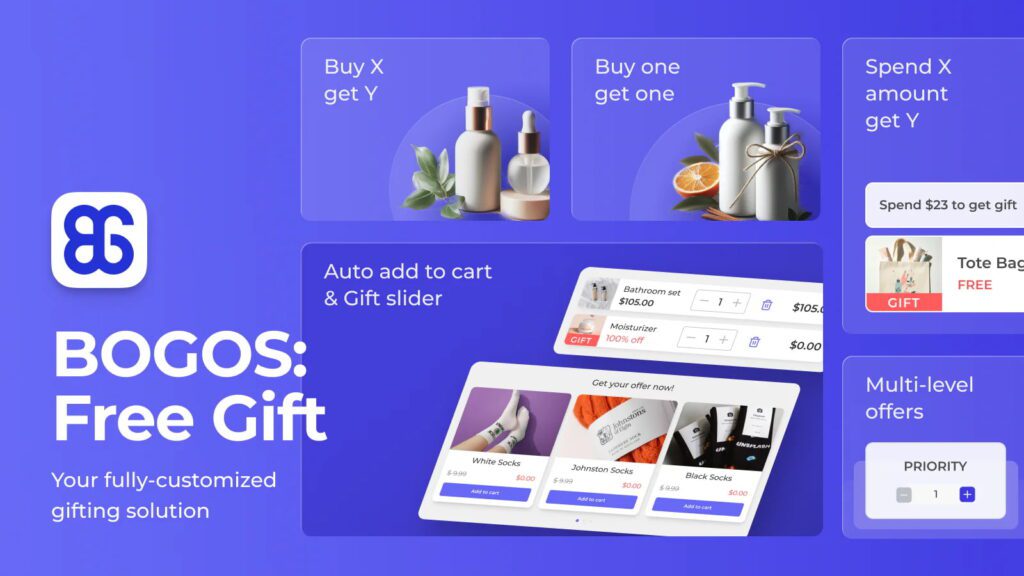
Firstly, BOGOS offers a variety of powerful promotion types, such as Buy One Get One (BOGO), Buy X Get Y, free gifts with purchase, product bundles, volume discounts, and quantity breakers. This flexibility lets you craft offers that resonate with your customers.
Secondly, the app is super easy to use, with an intuitive interface that makes setting up promotions a piece of cake. You don’t need to be tech-savvy to create effective campaigns.
Thirdly, BOGOS integrates very smoothly with Shopify, working directly in your admin panel and with the latest themes. This means less hassle for you when implementing promotions.
Fourth, the app has an impressive 4.9 ⭐from 2,000+ reviews, showing that other store owners have found it extremely valuable.
One cool feature is the ability to add sub-conditions to your offers. This means you can get really specific with your promotions. For example, you could set up a deal that only applies to customers who:

This level of targeting helps you create personalized and exclusive promotions, which can boost sales and customer loyalty.
With pricing starting at $29.99/month and a free trial available, BOGOS is worth trying to see how it can help grow your business.
Read more: An Ultimate Guide on How to Increase Sales on Shopify?
It is also important to note that not every visitor will purchase during his or her first visit to your site; therefore, a well-developed and highly effective lead nurturing program is needed.
The most common approach is to divide the customers based on their behavior to identify their needs. Common customer bases on Shopify are:
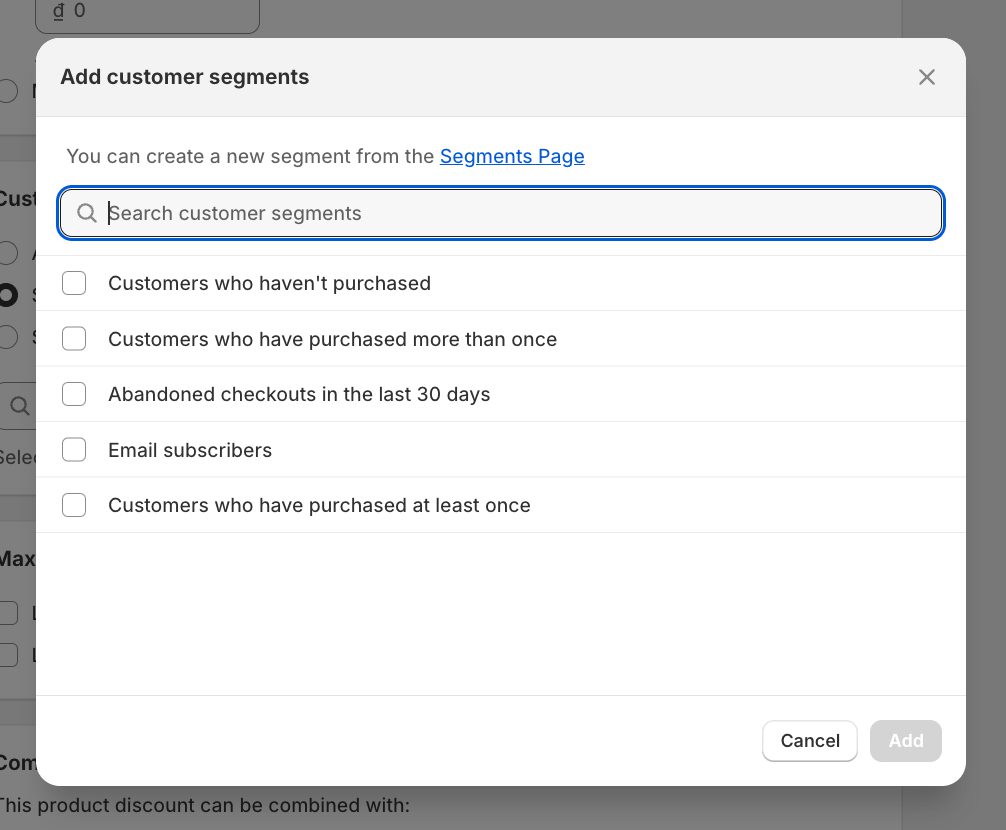
Once you’ve segmented your audience, the next step is to reach out to each group with tailored content that nudges them closer to a sale:
Retargeting is another effective tool to bring back leads who haven’t converted yet:
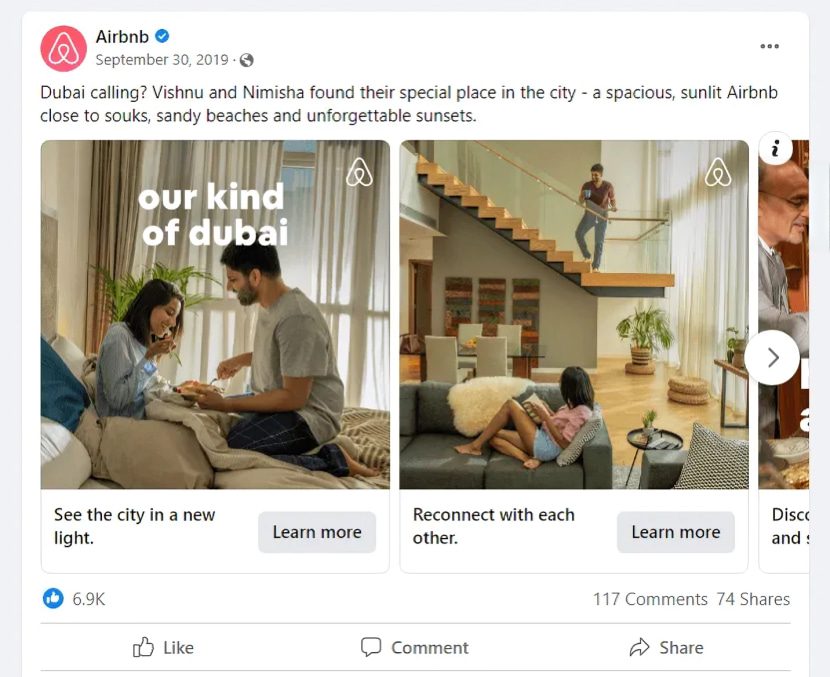
To further enhance your nurturing efforts, it’s important to provide value beyond just your products:
Finally, understand that nurturing leads takes time:

Another way is to give priority to regular customers, especially the ones who spend a lot of money. Loyal or high-churn customers make up a large segment since they generate most of the store’s income. For this reason, giving them special privileges will make them purchase again and become loyal customers.
It is prudent to offer your customers different levels of rewards to urge them to spend more money. For example, you could provide free shipping for VIPs, priority customer support, and early access to specials.
You can also give them something they may want or need, such as a discount for something they want or bonus points they can use to purchase something in the future.
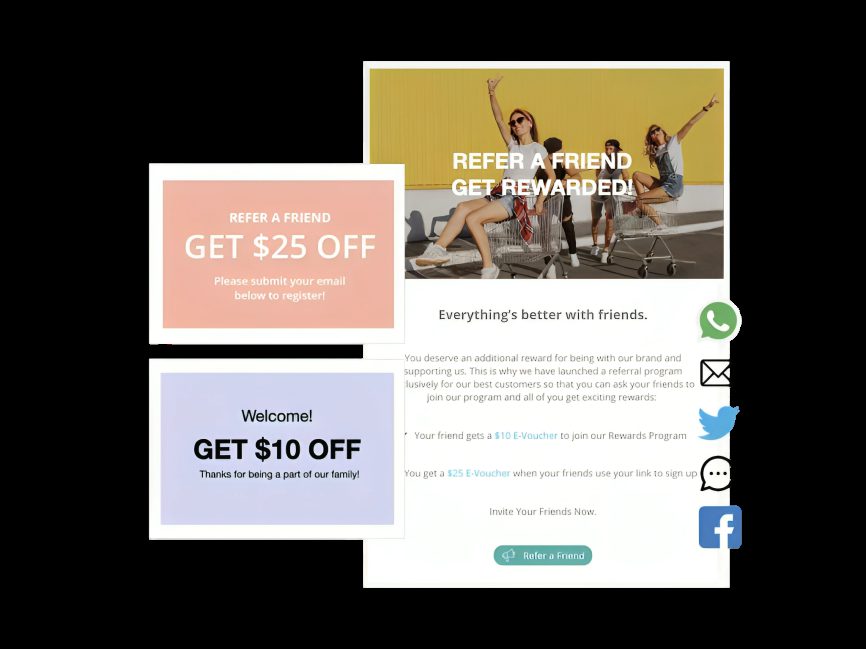
There is a loyalty program in which customers are provided points each time they purchase from your store. In turn, they can redeem these points for discounts, free vouchers, or other privileges. According to recent studies, customers who participate in loyalty programs are more frequent and see higher future spending.
It is possible to set up various types of rewards, with the help of which you can create points-based, tiered, or even a referral program. For instance, rewards are earned from every dollar spent and tiered up top for higher-end exclusivity. Shopify apps like Smile or LoyaltyLion make it easy to set up such systems.
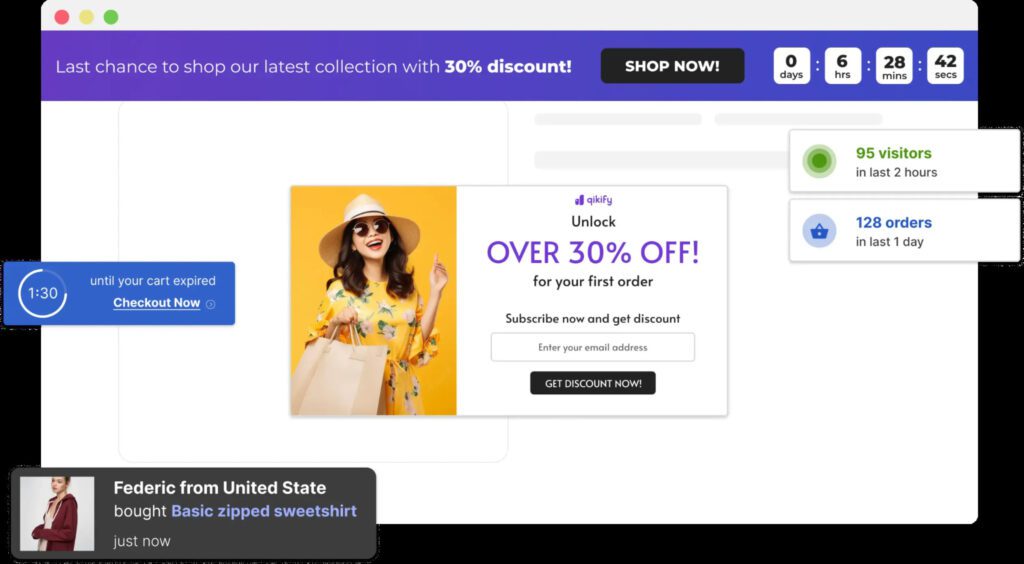
Social proof, such as customer reviews and testimonials, is essential for building trust. Potential customers often rely on previous buyers’ reviews to decide whether to make a purchase.
To build social proof, encourage your customers to leave reviews after they make a purchase. Shopify apps like Yotpo can display these reviews on your product pages. Additionally, highlight user-generated content where customers post about your products on social media. Sharing this content builds credibility and strengthens the connection between your brand and customers.

A live chat option allows you to resolve customer concerns in real-time, significantly increasing your chances of closing a sale. This is especially important when you’re figuring out how to get your first sale on Shopify. Many customers prefer live chat over email or phone support because it answers their questions immediately.
You can easily integrate live chat into your Shopify store using tools like Tidio or Willdesk. These tools offer features like real-time visitor tracking, allowing you to see which products. A well-implemented live chat can reduce cart abandonment and lead to higher conversion rates.
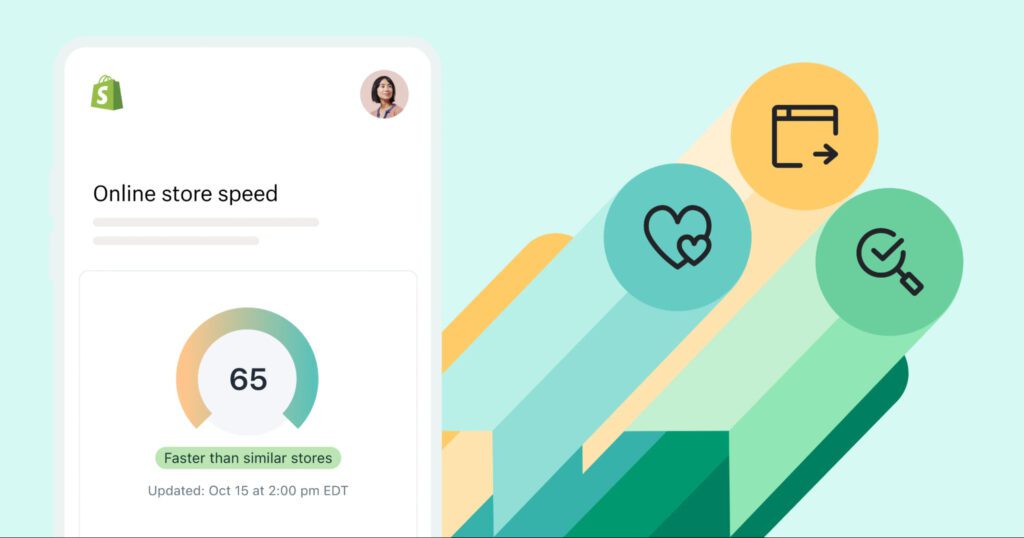
The website’s response time is another key customer success factor. If your store is slow, a potential customer will close the page before checking your products. Some research indicates that when a site loads faster, a user will have a better experience, directly impacting sales.
To improve your site speed, optimize your images, reduce the number of plugins, and use a fast, reliable hosting service. Tools like Google PageSpeed Insights can help you identify areas for improvement.

Your checkout process is where many potential customers abandon their carts. To prevent this, ensure the process is as simple and user-friendly as possible. Offer guest checkout options so customers don’t have to create an account to complete their purchase. Additionally, provide multiple payment options like PayPal, credit cards, and buy now, pay later options like Klarna or Afterpay.
Simplifying the form fields and reducing distractions during the checkout process also helps. The fewer steps between selecting a product and completing the purchase, the more likely customers are to follow through.
I hope this post gives you the confidence to start selling on Shopify. It might seem hard at first, but with the tips shared here, you can get closer to how to get your first sales on Shopify. Whether using free traffic, paid ads, or focusing on a smooth checkout process, each step helps build momentum.
Popular platforms include Facebook Ads, Google Ads, Instagram, and TikTok. Choose the platform based on where your target audience spends their time.
Start by sharing your store link with friends, family, and colleagues on social media. Ask them to help spread the word and give you feedback on the website. This can generate initial traffic and even your first sales.
Buy-One-Get-One (BOGO) deals and flash sales create excitement and a sense of urgency. Limited-time offers tend to drive quick purchases, especially when promoted on social media.
Focus on free traffic sources like organic social media, engaging with your audience in online forums, and blogging. Once you have some traffic, start small with paid ads on platforms like Facebook or Instagram.
Retargeting ads show your store to people who’ve visited your website but didn’t buy. These ads remind them of the products they viewed, encouraging them to return and complete their purchase.


If you are heading into 2026 planning bigger campaigns, now is the right time to tighten your onsite conversion....

If you are serious about scaling, there comes a time when DIY fixes and late-night Googling no longer suffice....

In 2025, retail eCommerce sales are estimated to exceed $3.6 trillion, with approximately 2.8 billion people worldwide making at...
